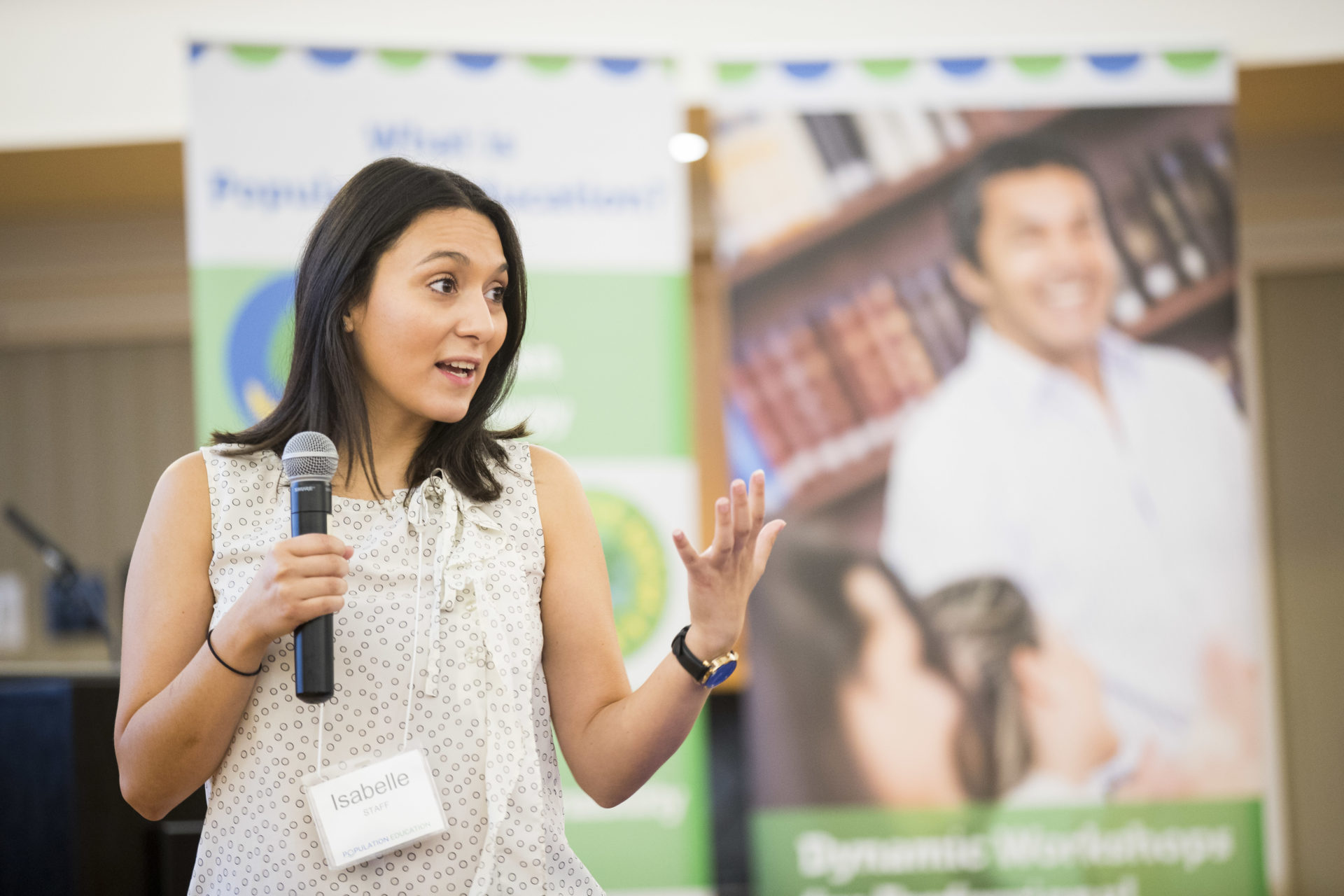Bi-Annual Evaluation Reveals High Teacher Satisfaction and Strong Student Engagement
Written by Lindsey Bailey, Senior Teacher Training Manager | Published: March 2, 2020
Each year, close to 13,000 teachers and future teachers participate in PopEd workshops. While our staff and volunteer trainers get some instant feedback at these events, we continue our conversations with the attendees to find out how they appraise their workshop experience and, perhaps more importantly, how our resources are being used in their classrooms and are impacting their students.
In pursuit of this goal, we conduct a bi-annual workshop evaluation. The recently completed 2019 evaluation accumulated survey responses from educators who attended a PopEd workshop in 2017 and 2018, as well as from education faculty who hosted PopEd workshops in their teacher preparation courses.
The reach of PopEd has been growing year after year, thanks to our ever-expanding network of volunteer facilitators and the work of our dedicated staff. Between 2017 and 2018, we trained 25,372 K-12 educators (1,000 more than between 2015 and 2016) through hands-on workshops in 47 states, the District of Columbia, Puerto Rico, four Canadian provinces, and eight countries abroad.
Workshop Experience
In 2017 and 2018, PopEd conducted 793 pre-service workshops (for future educators), 342 sessions at teacher conferences, and 334 in-service events. Participants gave PopEd workshops high marks in comparison to other professional development workshops they attended—four out of five educators rated PopEd workshops “above average” or “superior” in terms of content, usefulness, hand-outs, presentation quality, and ability to integrate the materials into teaching (Figure 1).
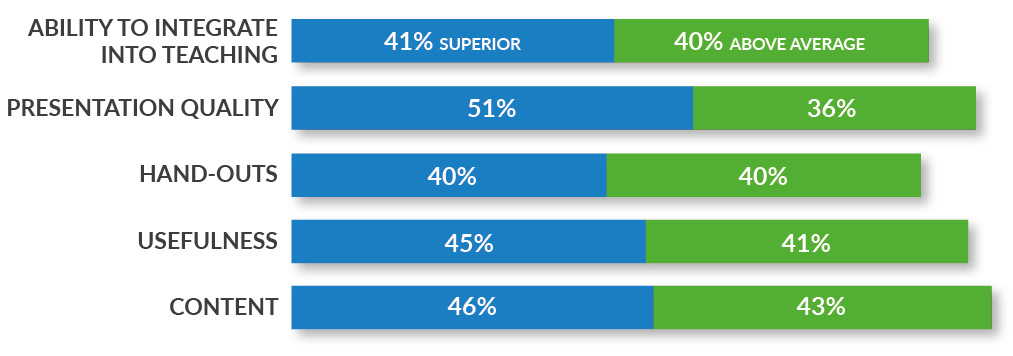
About half (54 percent) of PopEd workshops take place in teacher preparation courses. Education faculty, who invite PopEd facilitators to present in their classes, indicated being very satisfied with their workshop experiences—93 percent of surveyed professors rated the quality of the presentations as “exemplary” or “above average” (Figure 2) and 90 percent responded “very well” or “good” when asked how the workshops fit their course syllabuses.
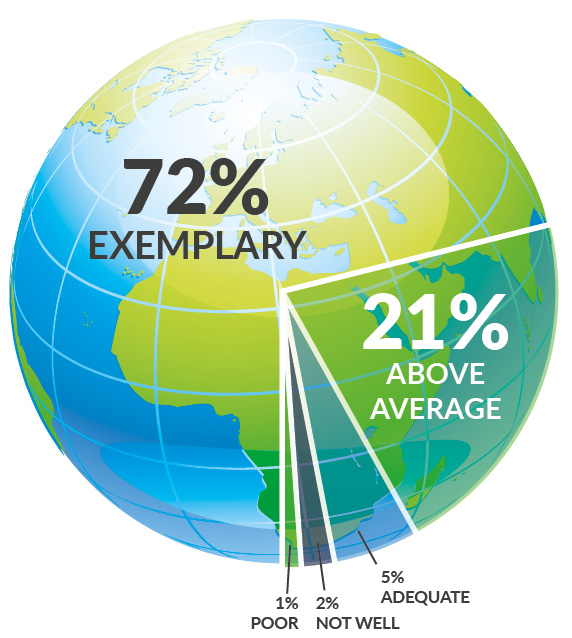
Teaching Materials and Classroom Use
PopEd classroom resources reliably receive positive reviews from educators. A full 96 percent of survey respondents rated the materials presented at their workshops as “good” or “excellent” (Figure 3). At the time of the survey, most respondents had either already used the materials with students or had plans to use them.

Teachers reported using an average of four to five PopEd lessons with their students. Of those who had used the materials, 44 percent teach social studies, 45 percent teach science, and 33 percent teach AP Human Geography or AP Environmental Science. Other subjects taught by teachers who use PopEd lessons include math (11 percent), language arts (9 percent), and gifted and talented (6 percent).*
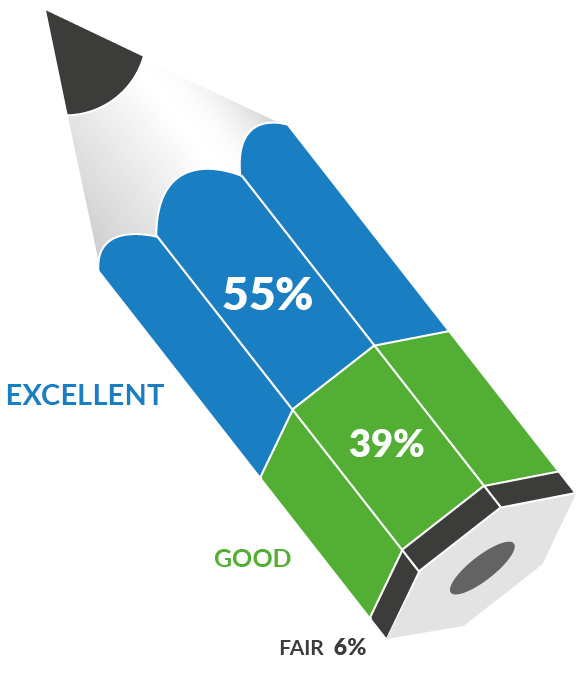
Teaching standards are a significant part of today’s education system, and we work hard to ensure that PopEd materials align seamlessly with national and state-level frameworks. Our data show that teachers notice—94 percent of respondents indicated that PopEd lessons fit well with their required standards (Figure 4). This alignment allows for easy and frequent integration of PopEd lessons throughout the year to teach a variety of topics and skills. Nearly two-thirds of respondents indicated using PopEd lessons more than twice each year, and one-third use them four or more times each year (Figure 5).
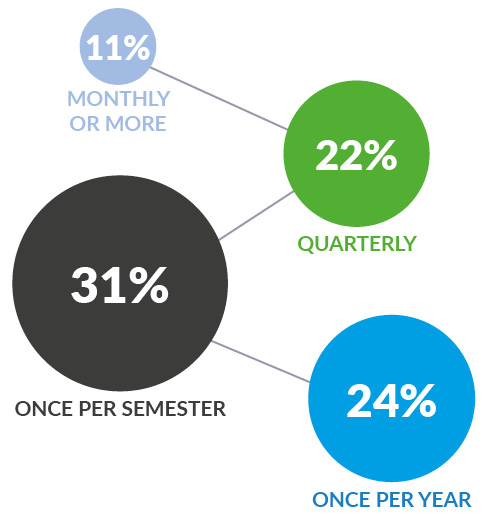
Educators who use our materials reported working with an average of 74 students each. They confirmed that the PopEd lessons effectively engage their students and promote increased awareness of population issues. Moreover, teachers noted students’ improvements in important skills like critical thinking and problem solving, as well as increased activism (Figure 6).
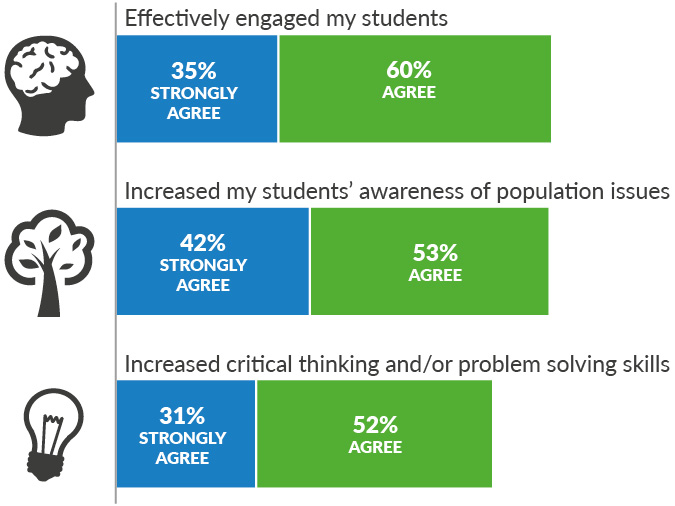
For more information about PopEd’s teacher workshops, visit populationeducation.org.
“This was far and away my favorite workshop at the VAST conference. It was really engaging, eye-opening, and offered something I plan to use in the future.”
“I love the interdisciplinary components and real-world application pieces that allow students to ‘see’ what they are learning.”

